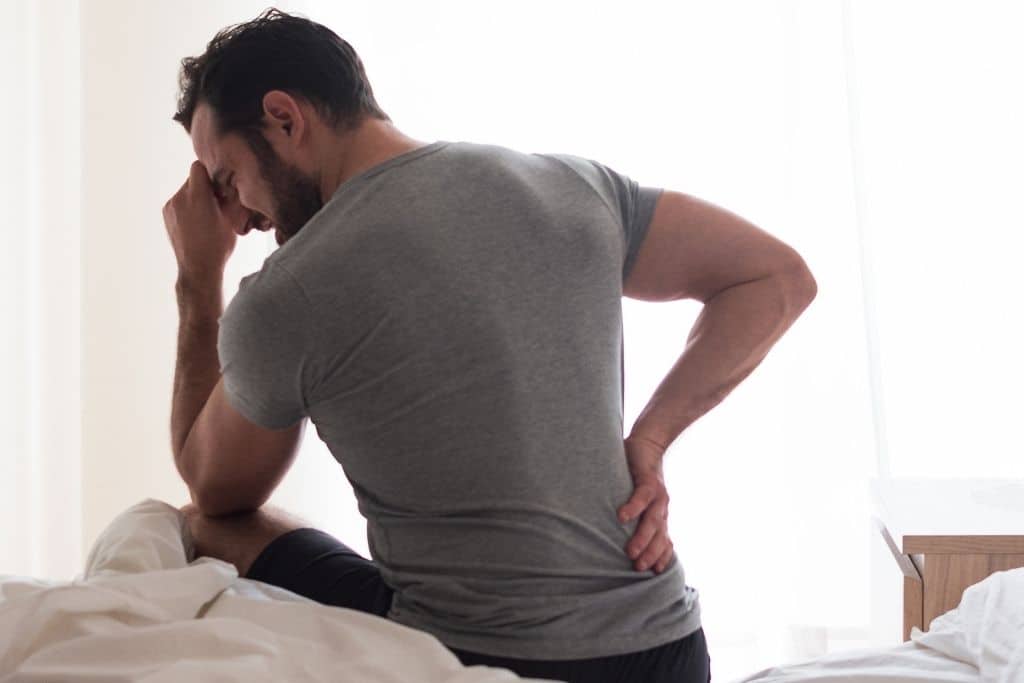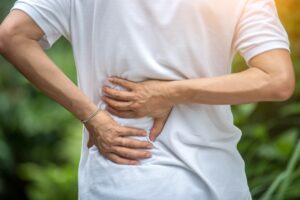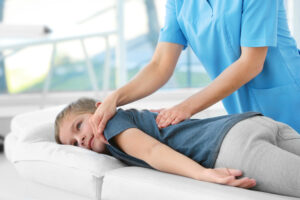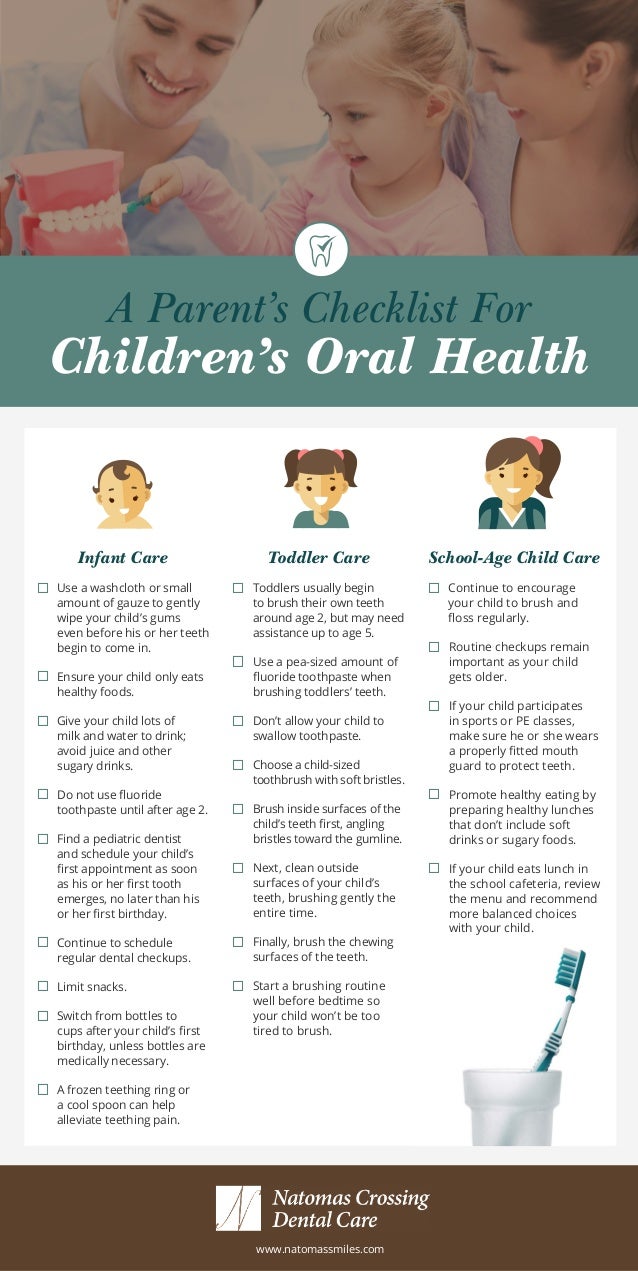Back Pain and Slipped Disc Treatments Without Surgery

Approximately, 80% of the population will experience lower back pain once in their lifetime, while two-thirds of the population will experience neck pain. As ridiculous as it may seem, the ugly truth about slipped disc problems is that they are increasing at an alarming rate. Back pain and neck pain are the most causes of immobility in people under 45 years old. It is now very prevalent and not only found in elderly, or after a traumatic event.
A slipped disc can happen throughout the whole spine but is most common in the cervical and lumbar region. Improper posture, excessive or prolonged axial weight-bearing activities are the culprits. In other words, prolonged sitting or lifting and carrying of bulky objects that cause uneven distribution of weight across your spinal joint or the spinal discs. Over time, axial loading (sitting or carrying heavy loads) can dehydrate your spinal disc. Dehydration of the spinal disc is the leading cause of herniated or protruded discs.
As the disc dehydrate (loss of fluids), the outer rim of the disc becomes brittle or weak. A weak spinal disc is a susceptible damage. A dehydrated, damaged spinal disc can cause the nucleus pulposus to “slip out” or rupture through. When it happens, it can pinch the spinal cord or the exiting spinal nerves. Compressed or pinched spinal cord spinal nerves can be quite painful. In addition to pain, tingling, and numbness sensation may be felt in the legs, arms or the upper back.
There are two major treatment options available to treat slipped disc problems; surgically or non-surgical. The conventional surgical procedure performed on slipped disc patient is discectomy or laminectomy. Contrary to the common belief, surgery is not a cure, and most will suffer from similar issues again. Recurrent conditions, according to surgeons may require additional surgical interventions. Recurrent disc herniation is not uncommon at all, and can occur directly after back surgery or a few years later, although they are most common in the first three months after surgery.
Moreover, after surgery, the patient is at higher risk of further relapses (15% to 20% chance). Some patients ended up having 2 or more operations on the same or a nearby segment. We have had many patients that have had three or more surgical interventions on their low back, who still had pain.
The first few years after the surgery, one may feel very comfortable and relieved. The unfortunate reality is that the effectiveness of the spinal surgery does not last. Pain, paresthesia, stiffness, and numbness are most likely to come back haunting patients.
The good news is, slipped disc and back pain are treatable without the need for drugs, injections or surgery. You do not have to go through painful treatments to get better. To date, NSD Therapy is the best non-surgical treatment for the spine. NSD Therapy is an integrative therapy method accomplished through advanced spine technology, clinical chiropractic, and targeted physiotherapy. Best of all, there are no hospital stays. Back pain and slipped disc treatments through NSD Therapy was proven effective through serial MRI assessments. So, before opting for surgery, visit an NSD Therapy center near you today.



